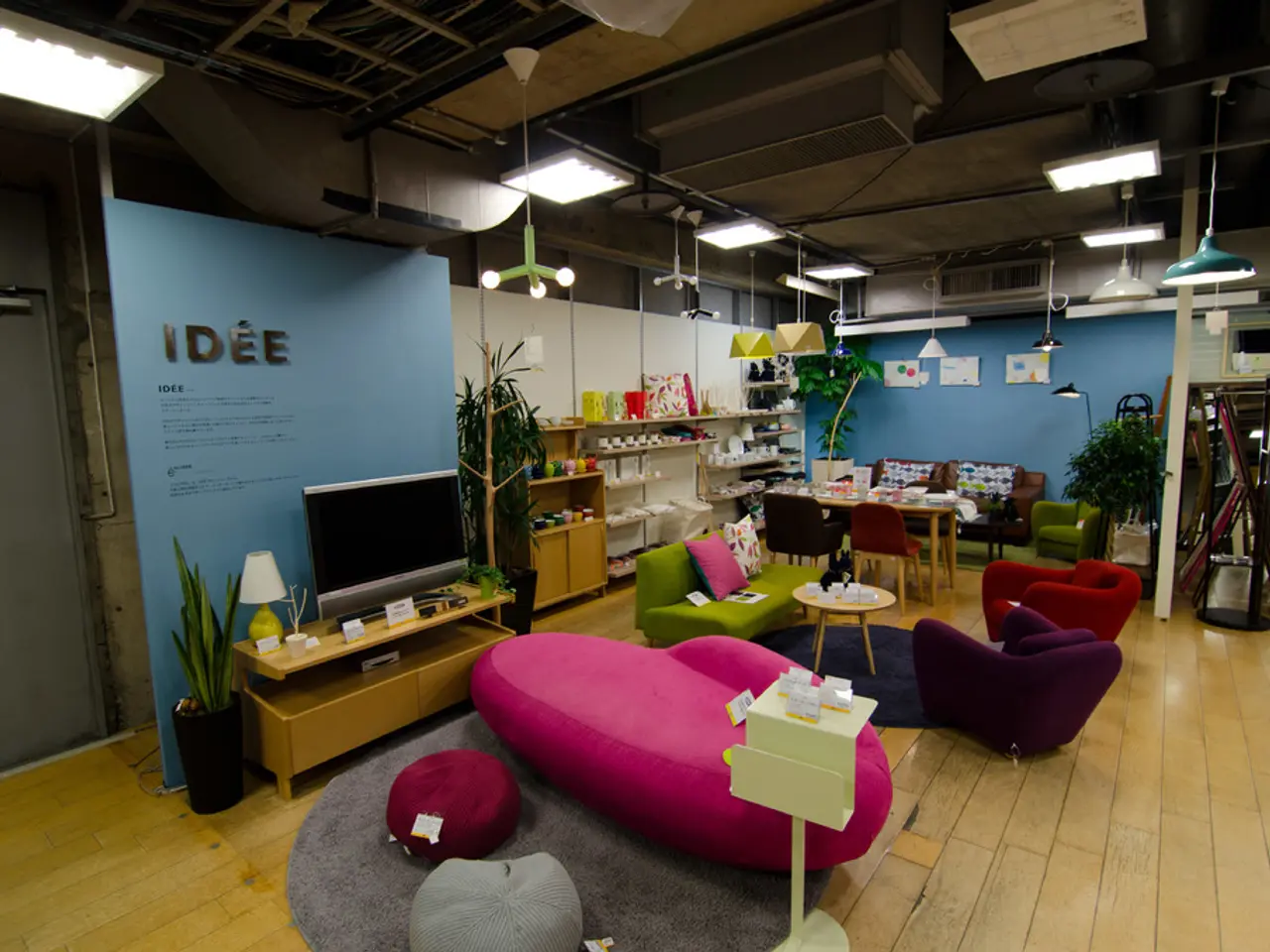Creating an Efficient Home Office: Tips for Designing a Cozy and Productive Work Environment
Working from home can be a challenge, but with a few thoughtful changes, it's possible to build a setup that supports both productivity and well-being. Here are some tips to create a comfortable and productive home workspace.
Prioritizing Ergonomics and Comfort
A supportive chair, desk at the right height, and proper screen setup are essential for ergonomics. Soft background music or white noise can help maintain focus if total silence isn't desired. Noise-canceling headphones can help manage distractions and improve focus. Adding tools like a footrest, monitor riser, or a sit-stand desk can help reduce tension and boost energy.
Maximizing Lighting
Good lighting is essential for focus and mood. Natural light is the best option, so position your desk near a window. Supplement with adjustable LED task lighting to reduce eye strain and maintain consistent brightness throughout the day. Choosing bulbs that mimic daylight can avoid eye strain. Mixing ambient lighting and task lights allows for adjustment depending on the time of day or task.
Designing a Dedicated Space
Choose a dedicated, distraction-free location like a separate room or a quiet corner to help separate work from home life and enhance concentration. Keep your workspace tidy with cable management systems and sufficient desk surface area (at least 120 cm wide) to accommodate your monitor, laptop, and other tools without clutter.
Personalizing Your Setup
Personalizing your workspace with a plant, favorite quote, or candle can help boost mood and productivity. Adding elements of biophilic design (plants, natural textures) and flexible layouts can also enhance well-being and adaptability in your home office.
Taking Care of Your Mental Health
Short mindfulness exercises like deep breathing, journaling, or stepping outside for fresh air can help manage stress. It's important to disconnect at the end of the day to avoid work-related stress affecting personal life.
Health and Well-being
Establishing a routine with a morning ritual and finishing work at the same time each evening can help set boundaries between work and personal life. Staying hydrated and snacking smart can help maintain energy levels. An air purifier or houseplants can help filter out stale air and bring calm into the workspace.
Staying Social
Working from home can sometimes lead to feelings of isolation. Regularly scheduling chats with coworkers or friends can help combat this.
In conclusion, a thoughtfully designed workspace that balances ergonomics, lighting, dedicated positioning, organization, personalization, and mental health care fosters both comfort and productivity for remote work. With these tips, you can create a workspace that supports your well-being and workflow, helping you to stay focused and productive while working from home.
- Incorporating a small fitness routine, such as quick exercises or stretches, during work hours can help maintain physical health and improve overall well-being within the workplace-wellness context.
- Listening to calming music or nature sounds during work hours can aid in stress reduction and promote better health-and-wellness.
- Integrating a science-backed wellness program into the workplace, which may include mental health resources, fitness-and-exercise guides, and nutrition advice, would support the health, well-being, and productivity of employees at home.




